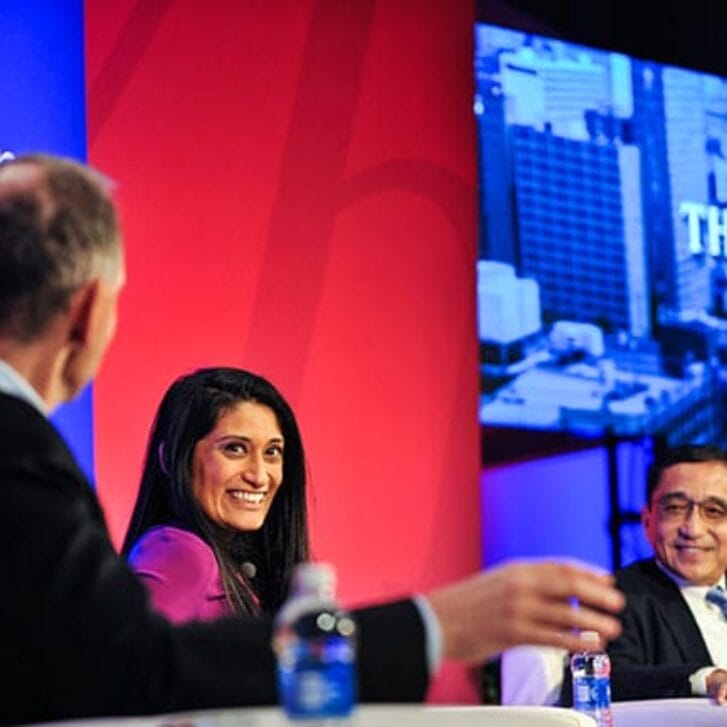What does income inequality in America have to do with happiness? A recent study by Wharton senior fellow Matthew Killingsworth offers some surprising answers.
Killingsworth’s research, based on approximately 1.7 million real-time reports from more than 33,000 U.S. workers, reveals that in order to increase happiness across society, it’s most effective to raise the incomes of those earning the least. When dollar trade-offs are made between people with different incomes — as could occur in philanthropy, tax policy, or compensation decisions — the returns for total happiness are likely to be much larger when lower-income people benefit. The reason is that a given dollar matters exponentially more when you have fewer of them.
For instance, if a company spent the same amount of money to give bonuses or pay raises to people earning $40,000 per year instead of those earning $4,000,000 per year, the returns for happiness are predicted to be 100 times, or 10,000 percent, larger. Companies sometimes do the opposite, giving large bonuses to the highest-paid workers. There may be good reasons for this practice, but from the standpoint of total happiness, it comes at a cost.
This finding suggests that policies aimed at raising the incomes of lower earners could do far more to improve overall happiness than simply giving bonuses to the wealthy or cutting taxes for the highest earners.
“When we have to make financial trade-offs between people, focusing on policies that help the poorest could create far more collective happiness than boosting the fortunes of those who are already well-off,” Killingsworth noted.
The study also highlights a key tension between individual and collective happiness, which could help explain why income inequality persists — not only in America, but in other countries as well. “If additional money brought diminishing happiness gains to the wealthy, we’d expect them to eventually stop chasing higher incomes,” Killingsworth said. Yet his study shows that even the wealthiest continue to find joy in earning more, which keeps the desire for higher earnings — and the cycle of inequality — alive.
This sheds light on why happiness levels in the U.S. have stagnated in recent decades despite economic growth. The richest individuals have benefited the most from rising incomes in recent decades, while lower earners have seen the slowest income growth.
“From the perspective of society’s happiness, the impact of economic growth in recent decades seems to have played out in exactly the wrong way. The people who would benefit the least from additional dollars have gained the most, while the people who would benefit the most from additional dollars have gained almost nothing,” Killingsworth said.
In short, making society happier as a whole may require a more strategic approach, with a special emphasis on lifting up those who have the least.
Published as “How Income Equality Makes Everyone Happy” in the Spring/Summer 2025 issue of Wharton Magazine.


























